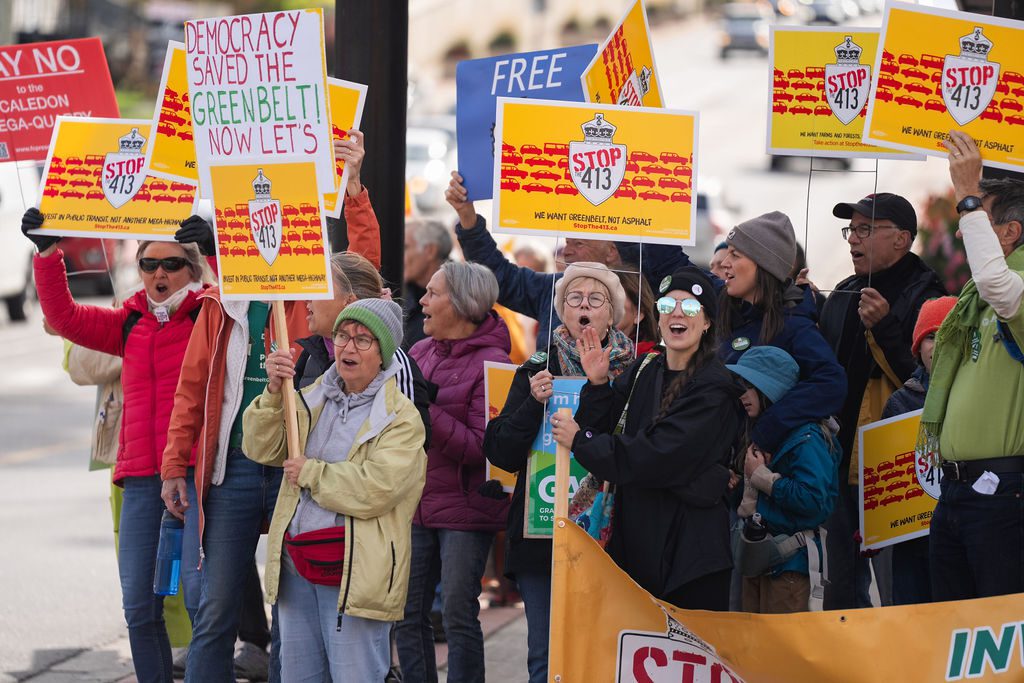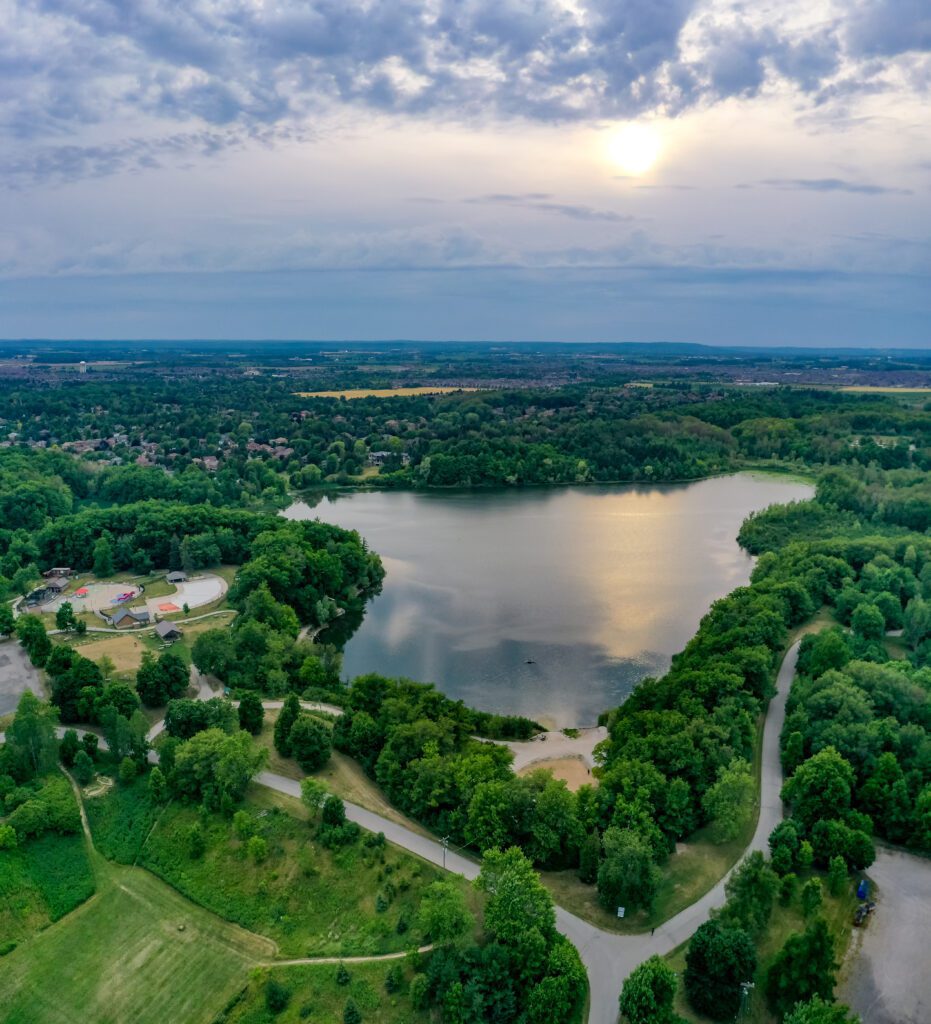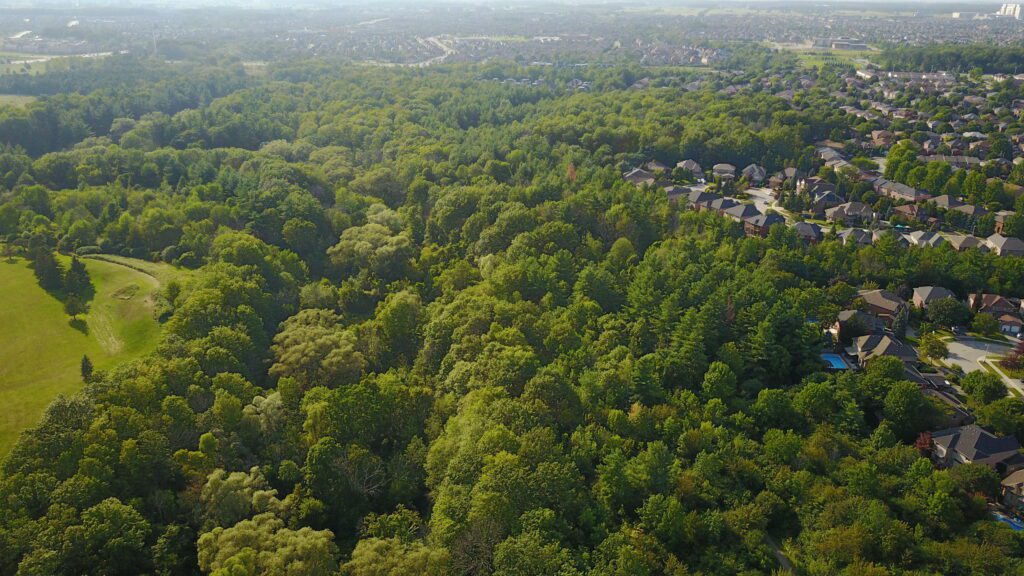This is a guest blog by Jenni Le Forestier, a resident of Peel Region
Growing up in Mississauga I witnessed the creep of car-dependent sprawl.
In the 1980s, neighbourhoods had meadows and woodlots to explore. But by the 1990’s they were mostly gone, replaced with row upon row and streets upon streets of look alike single family homes. There was no place to go unless you had a car, and not having one meant waiting for a bus that was very infrequent – especially in the middle of February. It wasn’t much fun. Like most kids in my neighbourhood, downtown Toronto beckoned and we would spend hours to get there.
Years later, speaking to Hazel McCallion on the phone about Peel Region, she acknowledged that looking back, maybe she should have slowed down Mississaugas growth and left more green space. I appreciated her honesty.
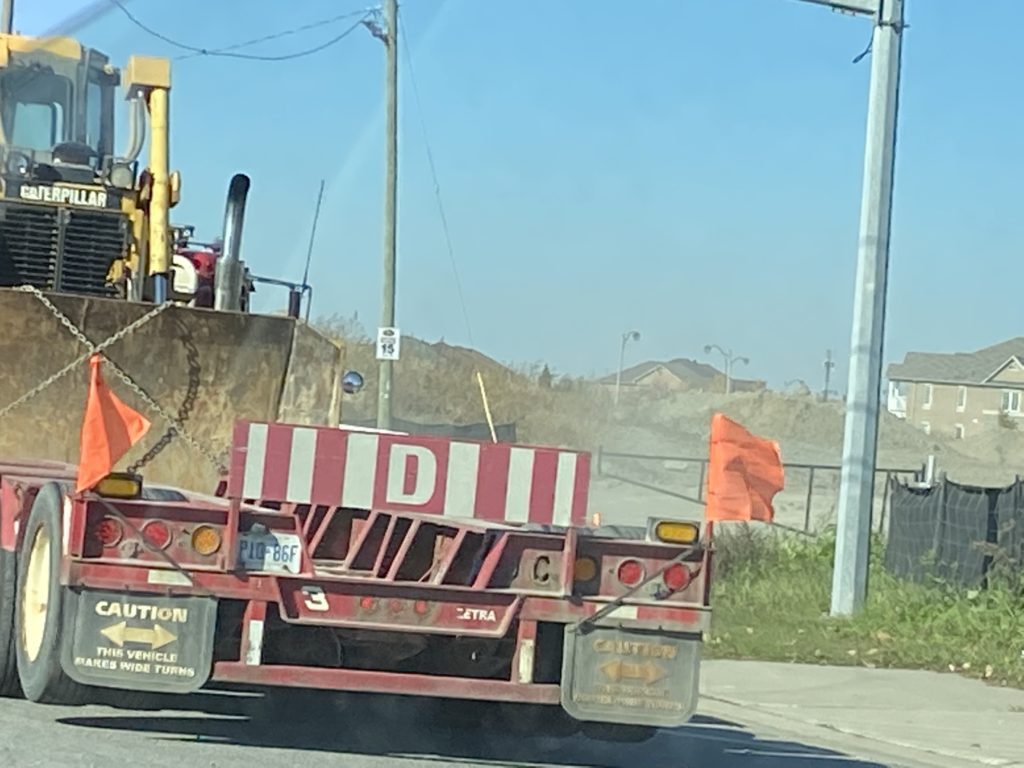
Right now, Peel Region is at risk of making the same mistake all over again. The Ontario Government is requiring municipalities across the province to update their growth plans before July of 2022 – and they’ve stacked the deck against those who would like to see better planning, by forcing Peel to finalize a plan for 30 years of growth in a short period of time, and by using a planning process which is biased towards recommending excessive sprawl.
Although Peel council hasn’t made any final decisions, it is currently working its way through the process the province has designed. If Peel Region councillors don’t step up for better planning, the region is likely to open up 4200 hectares of currently untouched land to developers for even more cookie-cutter housing and multi-million square foot warehousing for international e-commerce.
Giant trucking hubs don’t inspire community.
Instead, we need to look to our neighbours in Hamilton, who last week saved big areas of local farmland by insisting that their municipality keep existing urban boundaries and force developers to add more affordable housing to existing neighborhoods. This will also create better communities, because municipalities will be able to fund better public transit and infrastructure like hospitals.
As they stand now, technical reports like the ‘land needs assessment’ assume that only 55 per cent of Peel Region’s new homes can be accommodated within existing built up areas. To put that in perspective, planning staff in Hamilton presented two options to council in the end, and the worst case scenario on the table, with 3212 acres of new sprawl, anticipated 60 per cent of population growth through new homes in built up areas. The more prudent option, which Hamilton councillors voted for by a margin of 13-3, will see 81 per cent of new residents welcomed into existing built up areas, with 0 hectares of new sprawl. The other 19 per cent of new residents can be easily accommodated in greenfield areas within the settlement boundary that were designated for development in previous growth plans.
A key point to remember – and the essential point omitted from the outset from Peel Region’s technical analyses – is that intensification doesn’t necessarily mean giant condo developments. Hamilton is planning to meet its intensification with a broad mix of housing and employment options. While Hamilton’s plan, like Peel’s, includes low-rise apartment buildings, townhouses and garden suites will also play a big role in the housing mix of the future. This type of gentle density can also support more of the local restaurants, shops and cafes that we all enjoy.
Mississauga, Brampton and Bolton need to make serious investments in public transit and plan for more businesses and restaurants and housing in areas that are already built up, so that people who live and work there can do so sustainably and enjoyably. We have a chance to change our priorities and the way we plan the next 30 years in Peel Region. Caledon is even trying to jump the gun by requesting a Minister’s Zoning Order to start building warehouses on farmland bordering the greenbelt before the Municipal Comprehensive Review is even completed. E-commerce warehousing and trucking hubs on Class 1 farmland will not ensure food security, housing affordability or equity of access to nature.
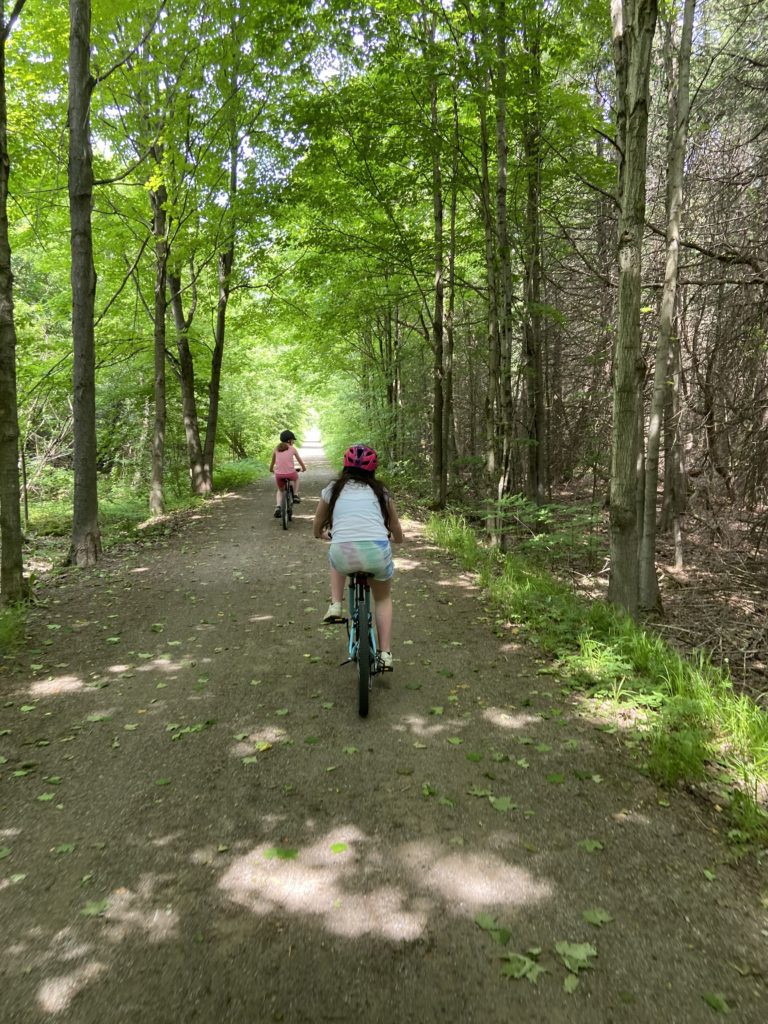
The Climate Emergency and the risk of flooding as we have seen in BC as well as the fact that the Peel Plain and Greenbelt have the best soil in the country means that we really need to plan differently.
To get in touch with myself and other local organizers working on this issue, please join the Stop Sprawl Peel Facebook group and consider joining one of our online meetings. We all need to let our councillors know that we support smart planning that puts people first in the Peel Region!
 Jenni Le Forestier is a resident of Caledon and has advocated for responsible government on environmental infrastructure projects for over 10 years. Jenni was a 2021 Federal Candidate for the Green Party and is a member of Gravel Watch, StopThe413 and Stop Sprawl campaigns.
Jenni Le Forestier is a resident of Caledon and has advocated for responsible government on environmental infrastructure projects for over 10 years. Jenni was a 2021 Federal Candidate for the Green Party and is a member of Gravel Watch, StopThe413 and Stop Sprawl campaigns.






